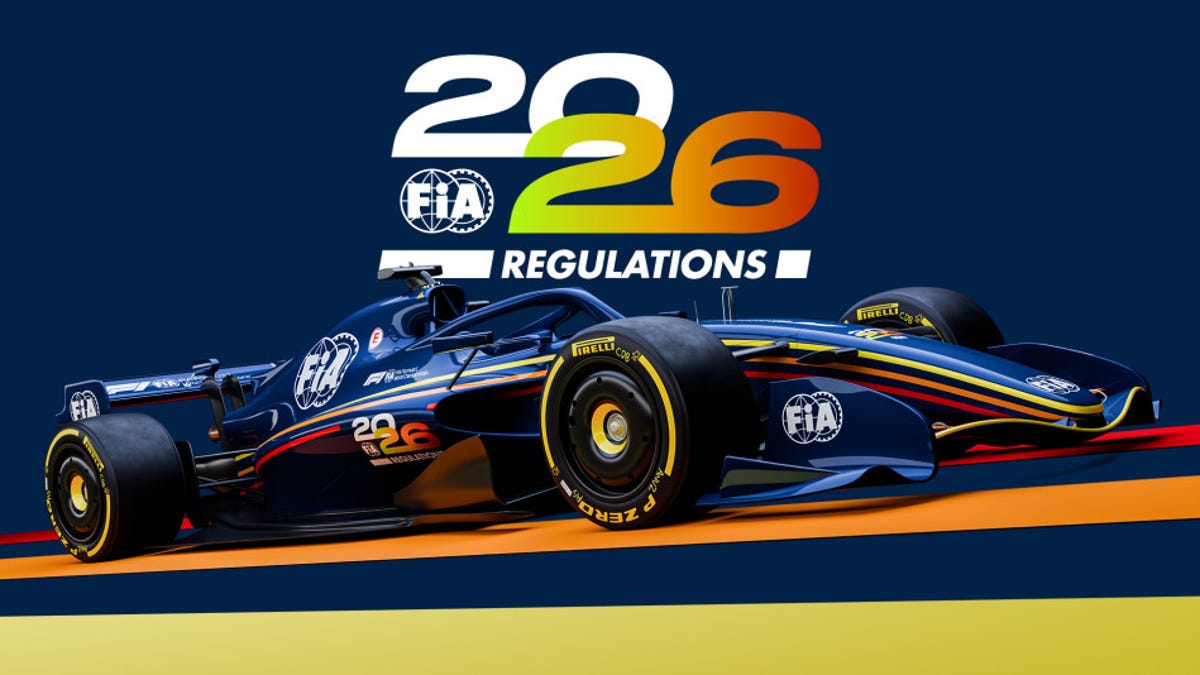The Fédération Internationale de l’Automobile, racing’s global governing body, has unveiled a new set of Formula 1 regulations that will be implemented in 2026. While the rulebook’s top-line selling point of smaller, lighter and nimbler cars is appealing on its own, F1 is heading in a direction that admits the current racing product is lackluster.
The new regulations completely rework the car’s aerodynamics. Ground effects have been minimized, with a partially flat floor and lower-profile diffuser. Mandated in-washing control boards will also be mounted to the front of the side pods. The goal is to reduce drag and prevent cars from kicking out dirty air.
However, the divisive Drag Reduction System has been dropped, and active aerodynamics will play a much more significant role in F1. In 2026, there will be adjustable flaps on both rear and front wings. The cars will run in two distinct profiles over a lap: the default high-downforce Z-Mode for corners and the low-downforce, low-drag X-Mode for straights. It won’t be an overtaking tool, but it will always be available.
In 2026, F1 cars will have to meet a minimum weight of 768 kilograms (1,693 pounds), a 66-pound reduction compared to the current cars. The cars will also be roughly 8 inches shorter and 4 inches narrower. Nikolas Tombazis, the FIA’s Single Seater Technical Director, said:
“With this set of regulations, the FIA has sought to develop a new generation of cars that are fully in touch with the DNA of Formula 1 – cars that are light, supremely fast and agile but which also remains at the cutting edge of technology, and to achieve this we worked towards what we called a ‘nimble car’ concept. At the center of that vision is a redesigned power unit that features a more even split between the power derived from the internal combustion element and electrical power.”
The 2026 power unit regulations were already approved and revealed in August 2022. There will be nearly a 50/50 split between combustion and electric power, with the new turbocharged V6 engine producing 536 horsepower while the electric powertrain will put out 469 hp. These monster 1,000-hp power units will also feature a manual override mode, an overtaking aid giving drivers on-demand access to more energy from the battery.
It is difficult to have any complaints about the changes, other than that F1 should have gone further. F1 CEO Stefano Domenicali has voiced long-term ambitions for sustainable fuel development being a significant enough aspect of the championship that hybrid power units could be dropped, shredding a massive amount of weight off the car.

